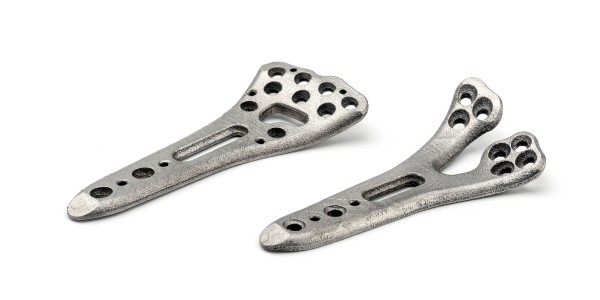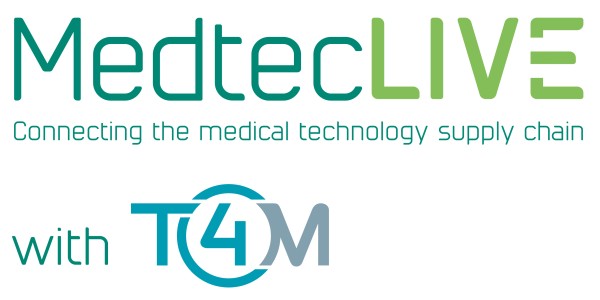After two years of digital-only trade shows, MedtecLive & T4M are back in attendance. Both exhibitors have joined together for the first time to form one event, representing an international trade fair for medical technology and networking all market participants in the industry, from classic suppliers to manufacturers. In addition to a comprehensive program, the trade fair will be rounded off by a customized digital service for exhibitors and visitors.
Heraeus AMLOY
at MedtecLive with T4M
May 3rd - 5th, 2022
MedtecLive with T4M 2022
How Complex Solutions Simply get Better - Amorphous Alloys for Next-Gen Biomedical Applications
Preferred materials for personalized implants, orthopedic and medical devices face a multitude of high demands at the same time. In addition to biocompatibility standards, manufacturability and surface functionality, especially the adaptation of complex individual geometries are current challenges that highlight the bottleneck between a material solution approach and the specific application. The promising approach of using amorphous metals in this context has already proven to be viable in practical studies and implementations. The properties of the metallic glasses, as they are also called, are the focus in order to design applications for previously unsolved problems.
The structural and mechanical properties, especially the elasticity with a Young's modulus close to that of a human bone, combined with the high strength of the amorphous metallic materials bring advantages in the use of compression plates or spinal implants. Certifications according to ISO 10993-5 and ISO 10993-12 are already available for Heraeus AMLOY alloys and show an excellent classification of their biocompatibility. Likewise, this product range can already be used in near net shape technologies, i.e. 3D printing as well as injection molding, so that the individualized components of medical applications can be manufactured with high quality according to the state of the art. Due to their unique atomic structure and the absence of grain and phase boundaries, as well as a resulting high corrosion resistance and MRI-compatibility, amorphous metals enable their beneficial use in many other medical applications including dental and prosthetics. Advantageous approaches can also be shown for yet unsolved implementations such as bone implants in the costal arch region.



